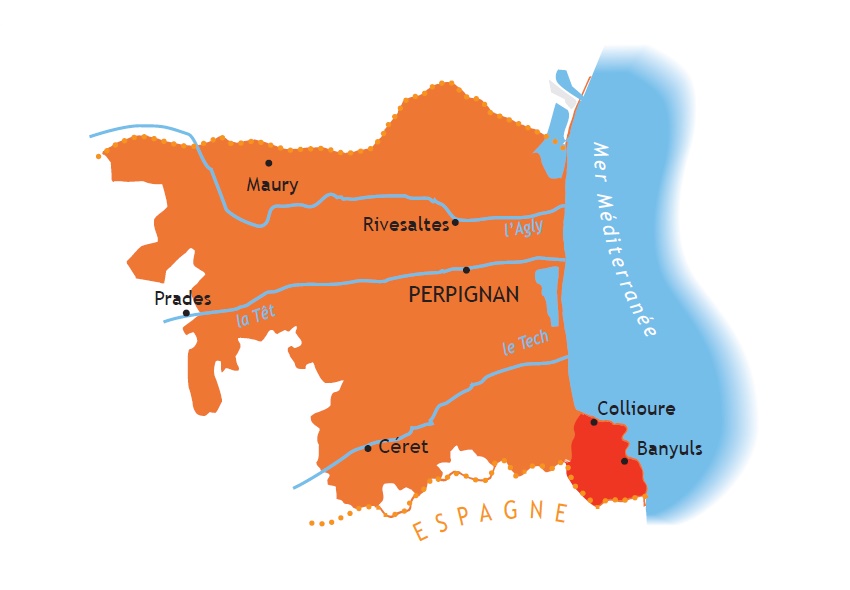Explore Roussillon
Our vineyards between sea and mountain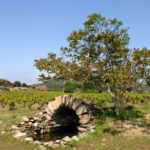
A Mediterranean climate
Roussillon enjoys a perfect Mediterranean climate with dry, hot summers, and mild autumns and winters. Roussillon is France’s sunniest wine region with 2,530 hours (316 days) of sunlight on average each year. Rainfall is low (500-600mms a year) and mostly brought by thunderstorms in the spring and autumn.
8 different types of wind blow across the wine growing area and, one day out of three, the mighty Tramontane, a dominating north wind, sweeps through the land .These drying winds help keep vineyards in near-perfect conditions, reducing the need for pest control or other human intervention.
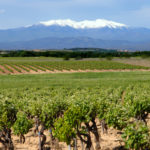
A unique topography
Located in the eastern part of the Eastern Pyrenees ‘département’, the Roussillon amphitheatre is open to the Mediterranean on one side and surrounded by three mountain ranges: the Corbières to the North, the Pyrenees – with Mount Canigou – to the West, and the Albères to the South.
Three main rivers cross Roussillon’s vineyards to meet the sea. The Agly is the most northern and runs through many of the villages of the Côtes du Roussillon Villages appellation. The Têt, in the middle, flows past the city of Perpignan. The Tech is the most southerly and it meets the Mediterranean just north of the coastal vineyards of Banyuls and Collioure.
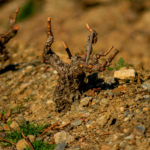
A multitude of soils and terroirs
In geological terms, Roussillon suffered enormous upheavals in the tertiary and quaternary periods, including the rise of the Pyrenees mountain range. This created a complex variety of soil and subsoil and a multitude of terroirs.
From the Maury schists in the heart of the Agly Valley, those of the sea-facing terrasses of Collioure and Banyuls, to the clay and rocky soil of Aspres, each terroir brings distinctive characteristics and produces grapes with unique flavour profiles and attributes.
This diversity is what gives Roussillon its extraordinary ability to produce a wide range of wines and styles across the region’s 14 AOPs and 2 IGPs of which, 11 AOPs and 1 IGP fall under the CIVR’s remit of representation and promotion.
The AOP certified dry wines
 AOP Collioure (white, rosé, red)
AOP Collioure (white, rosé, red) AOP Côtes du Roussillon (white, rosé, red)
AOP Côtes du Roussillon (white, rosé, red) AOP Côtes du Roussillon / Côtes du Roussillon Villages (red)
AOP Côtes du Roussillon / Côtes du Roussillon Villages (red) AOP Côtes du Roussillon Villages Latour de France (red)
AOP Côtes du Roussillon Villages Latour de France (red) AOP Côtes du Roussillon Villages Lesquerde (red)
AOP Côtes du Roussillon Villages Lesquerde (red) AOP Côtes du Roussillon Villages Caramany (red)
AOP Côtes du Roussillon Villages Caramany (red) AOP Côtes du Roussillon Villages Tautavel (red)
AOP Côtes du Roussillon Villages Tautavel (red) AOP Côtes du Roussillon Villages Les Aspres (red)
AOP Côtes du Roussillon Villages Les Aspres (red) AOP Maury Sec (red)
AOP Maury Sec (red)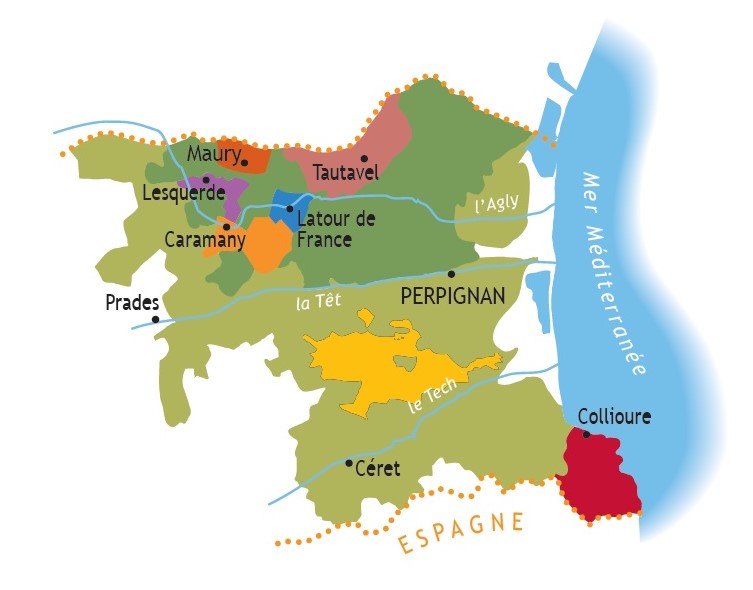
The AOP certified Vins Doux Naturels (fortified sweet wines)
 AOP Maury Doux (amber, tawny, mention Hors d’Age and/or Rancio, white, garnet)
AOP Maury Doux (amber, tawny, mention Hors d’Age and/or Rancio, white, garnet) AOP Banyuls (amber, tawny, mention Hors d’Age and/or Rancio, white, Rimage, rosé)
AOP Banyuls (amber, tawny, mention Hors d’Age and/or Rancio, white, Rimage, rosé) AOP Banyuls Grand Cru (tawny)
AOP Banyuls Grand Cru (tawny) AOP Rivesaltes (amber, tawny, mention Hors d’Age and/or Rancio, garnet, rosé)
AOP Rivesaltes (amber, tawny, mention Hors d’Age and/or Rancio, garnet, rosé) AOP Muscat de Rivesaltes (white)
AOP Muscat de Rivesaltes (white)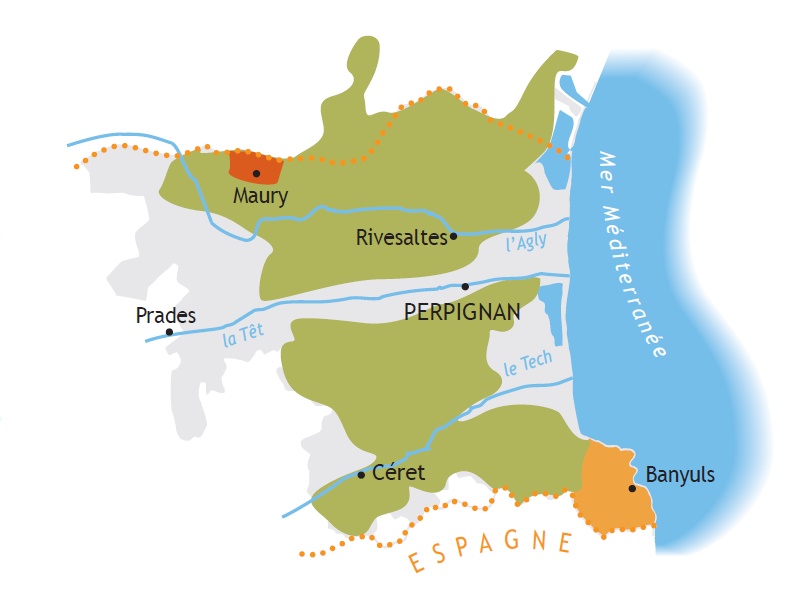
The IGP certified wines
 IGP Côtes Catalanes (red, rosé, white)
IGP Côtes Catalanes (red, rosé, white) IGP Côte Vermeille (red, rosé, white)
IGP Côte Vermeille (red, rosé, white)